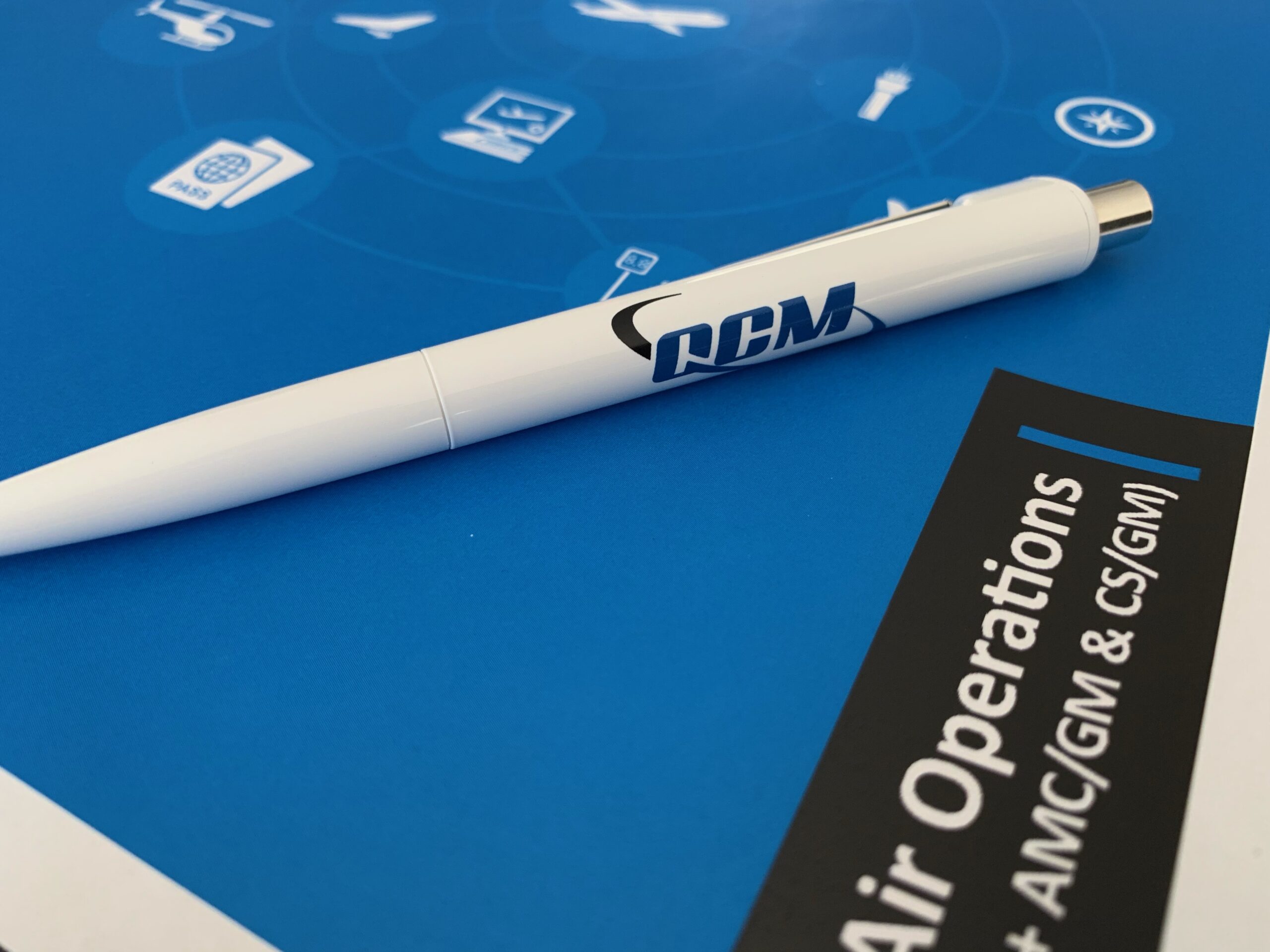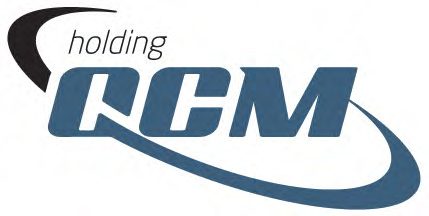
EASA has published Opinion 02/2020 in October last year. The title of the document is ‘Fuel/energy planning and management‘. Several key aspects of fuel calculation are changing, so let’s have a glance at what exactly is to be expected.
First of all, EASA is introducing an entirely new way of establishing applicable minima at alternate airports – destination alternate, fuel en-route alternate and isolated destination airports to be specific. This is a very complex change involving several new definitions and methods. ICAO issued a revision to Annex 6 in 2018. In this revision, a new categorisation method was introduced, where all approaches were divided into two main categories, Type A and B – the exact reference is under 4.2.8.3. EASA has created a method where the applicable minima will be a function of the lowest available approach minima and an increment. The exact increment depends on the number of approach systems installed at the selected aerodrome, but other factors – like the Low Visibility Operations approval of the operator – play a role in establishing the actual, applicable minima. This means that the old one-step-down method, where we used to take the second-lowest instrumental approach, will not work anymore. The planning minima will be a result of a calculation rather than a readout of figures from a different chart.
The second crucial modification is regarding meteorological data interpretation. In the current practice, the wind forecast’s gusting element may be disregarded for the destination; take-off-, and en route alternates. The gusts are only fully applied for the ETOPS alternates. However, the new proposal says that the gusts should be fully applied at all airports involved in the operation of the flight.
These changes are going to put the skills of everyone involved in air operations to test. Perhaps this is why EASA decided to publish changes in flight operations officers’ training requirements (FOO)/flight dispatchers(FD) with this particular opinion – a third rather significant amendment in the same regulation.
In order to grant a smooth transition, Q.C.M has put together a one day webinar where we describe all the upcoming changes in detail. The first webinar is going to happen on April 12th; registration will open soon.
A two-days recurrent training for Flight Operations Officers / Flight Dispatchers is starting on May 4th. Attendees of this training – which is based on the new ICAO DOC 10106 – will meet the new EASA regulation requirements from the day of its implementation.
Prepare your organisation for the new changes before their implementation and stay compliant at all times.
Click here to secure your place for the distance learning session on the 12th of April.
